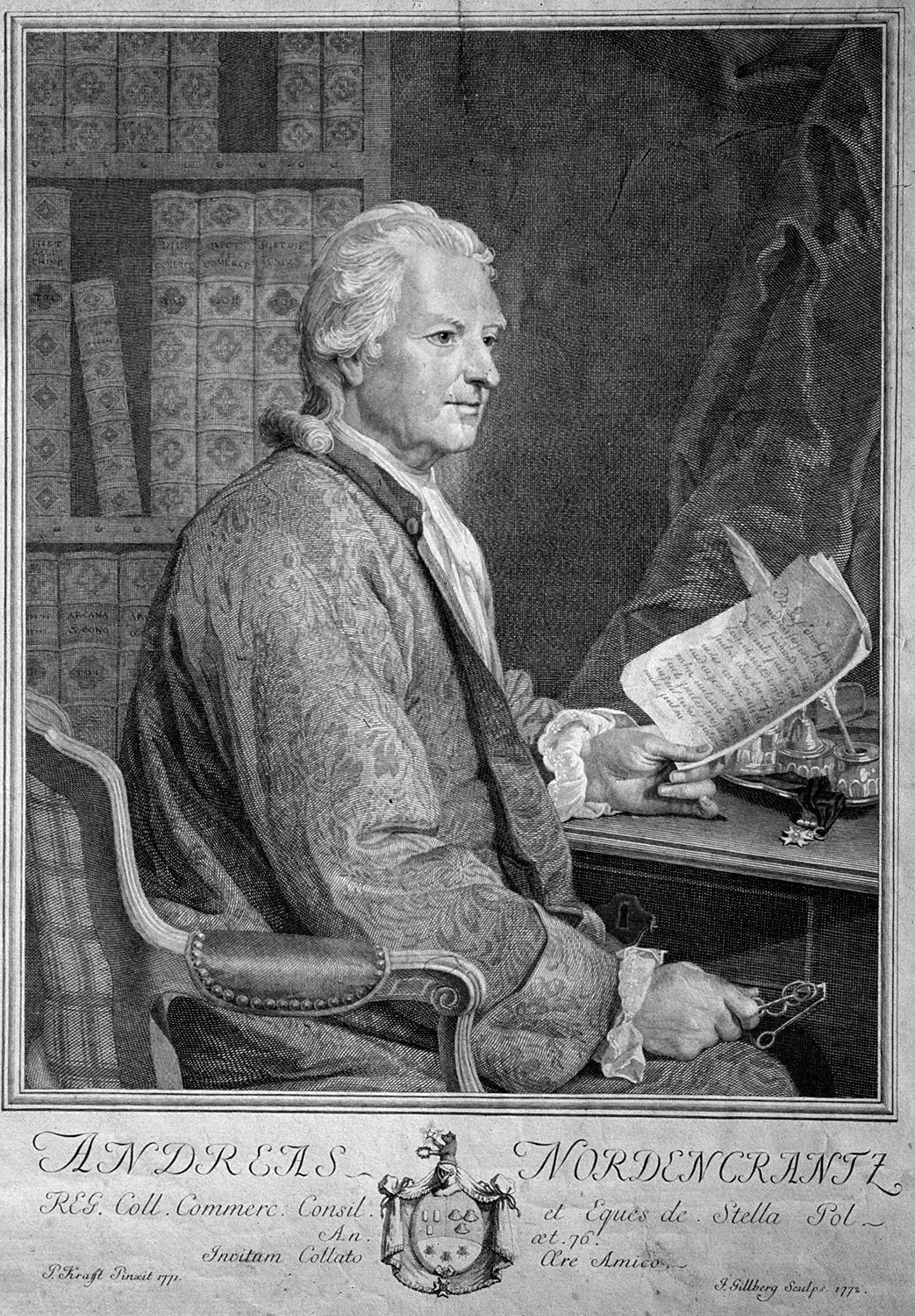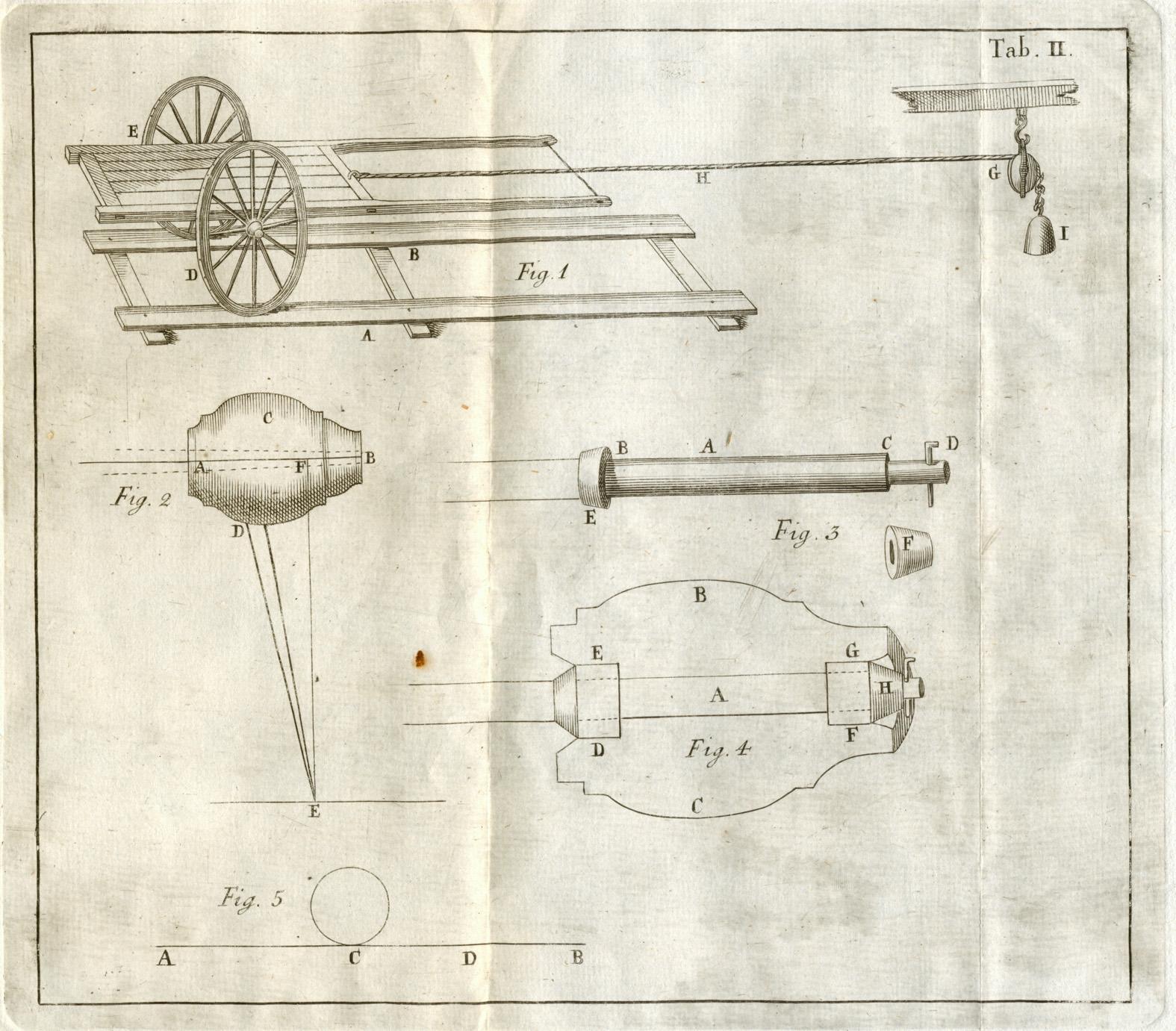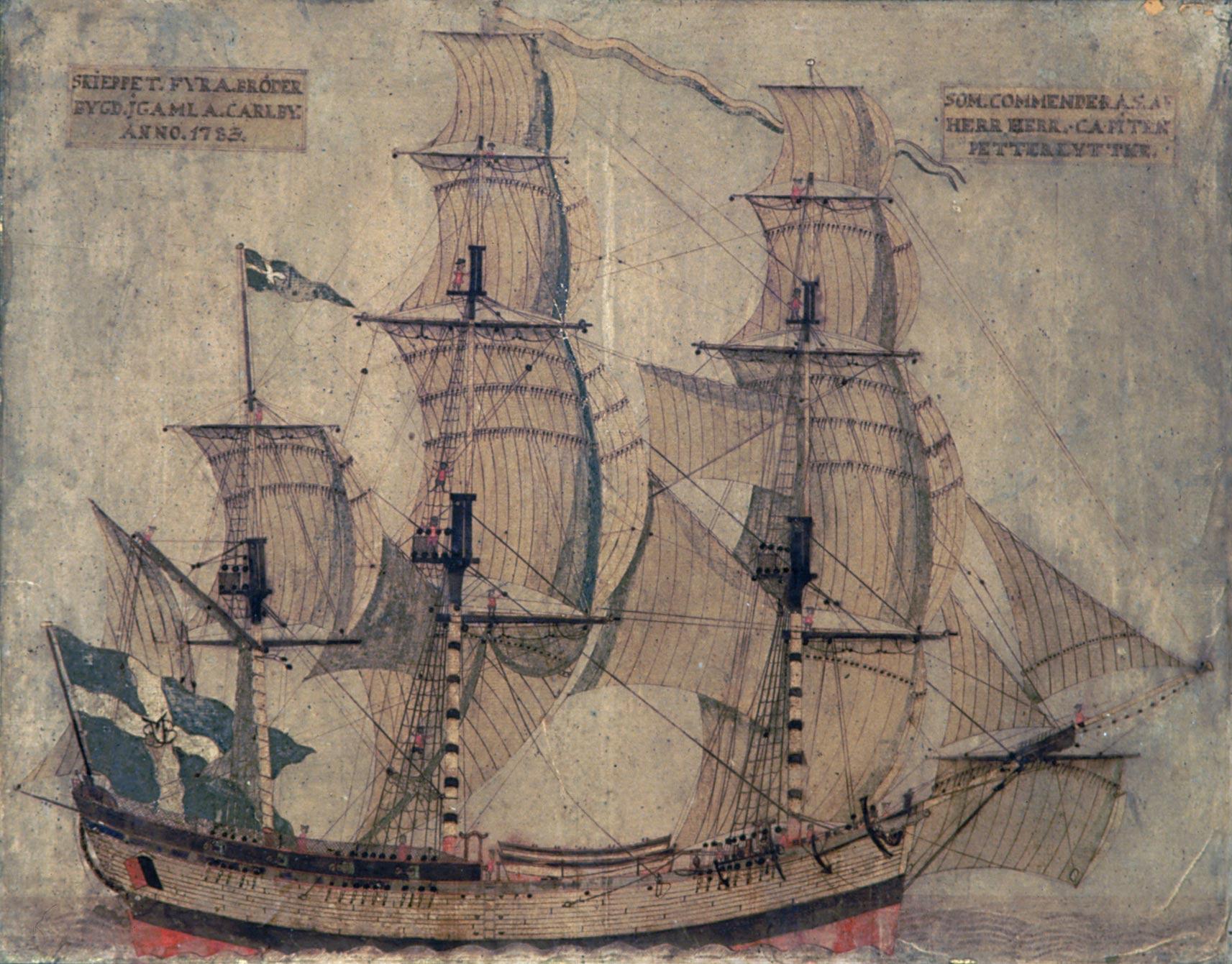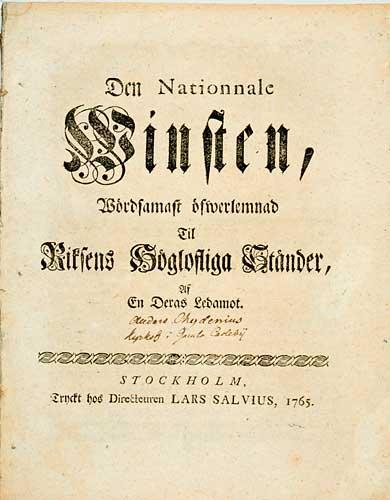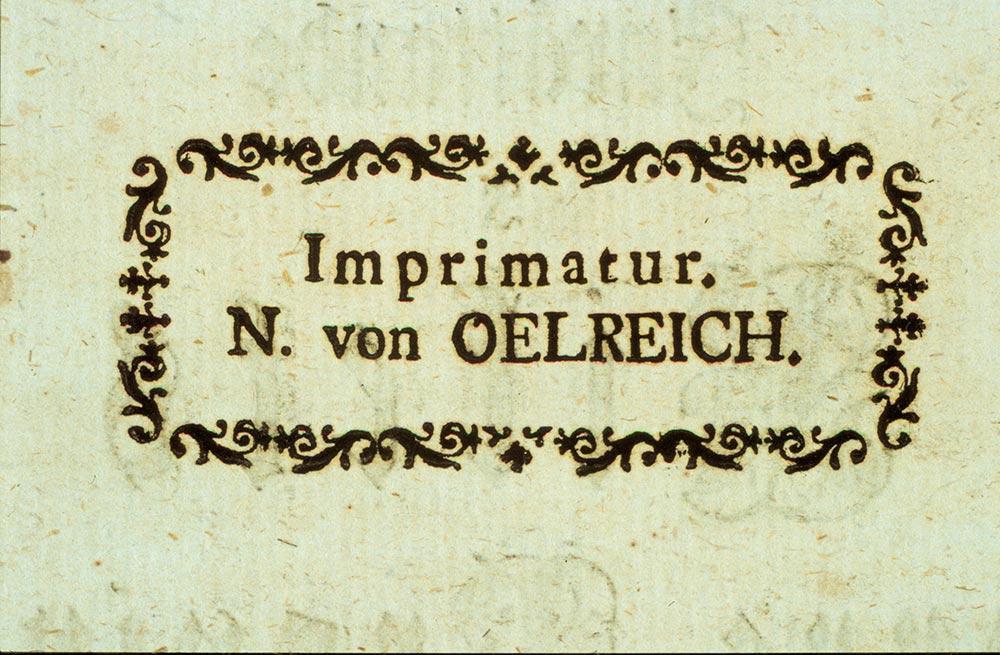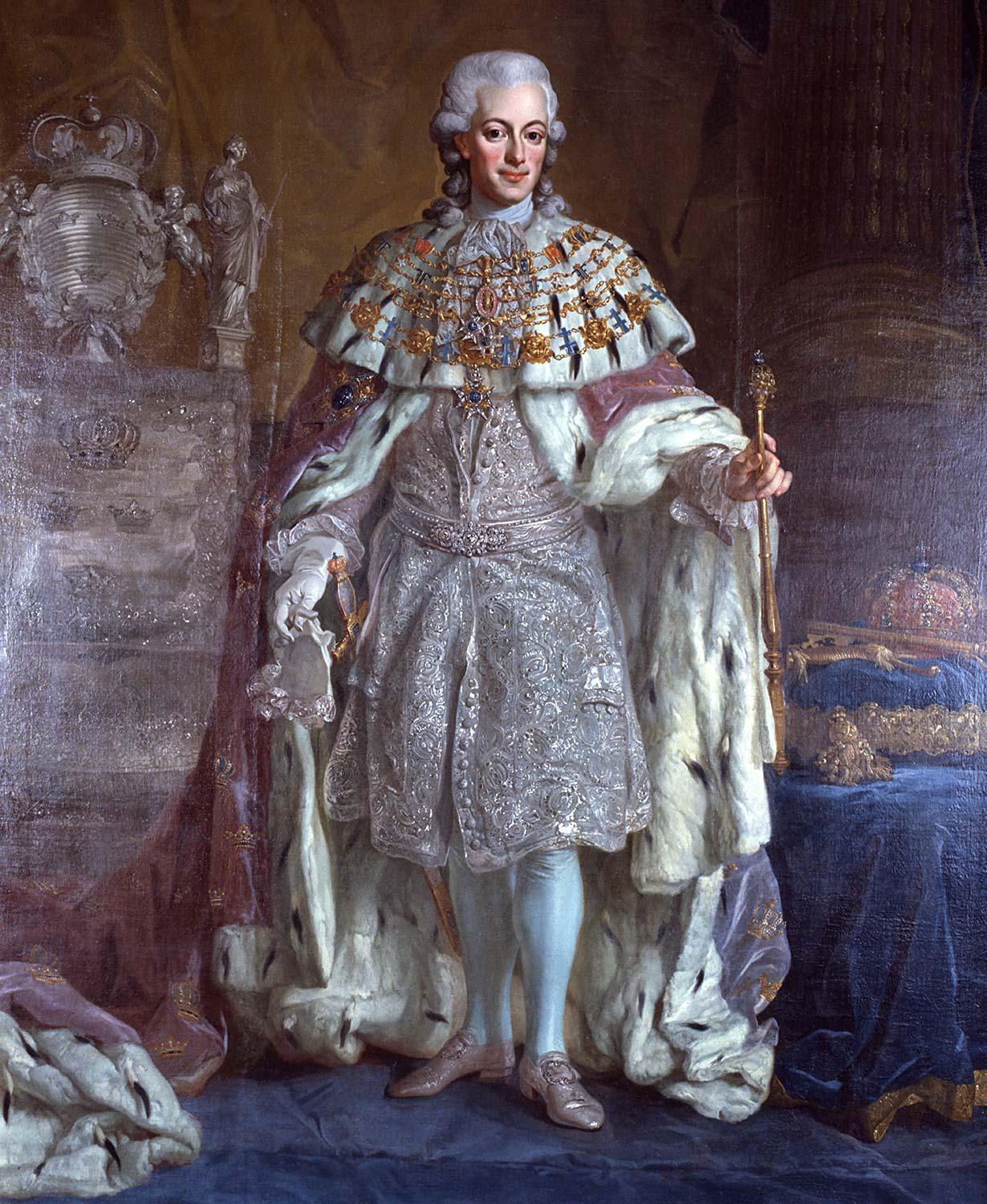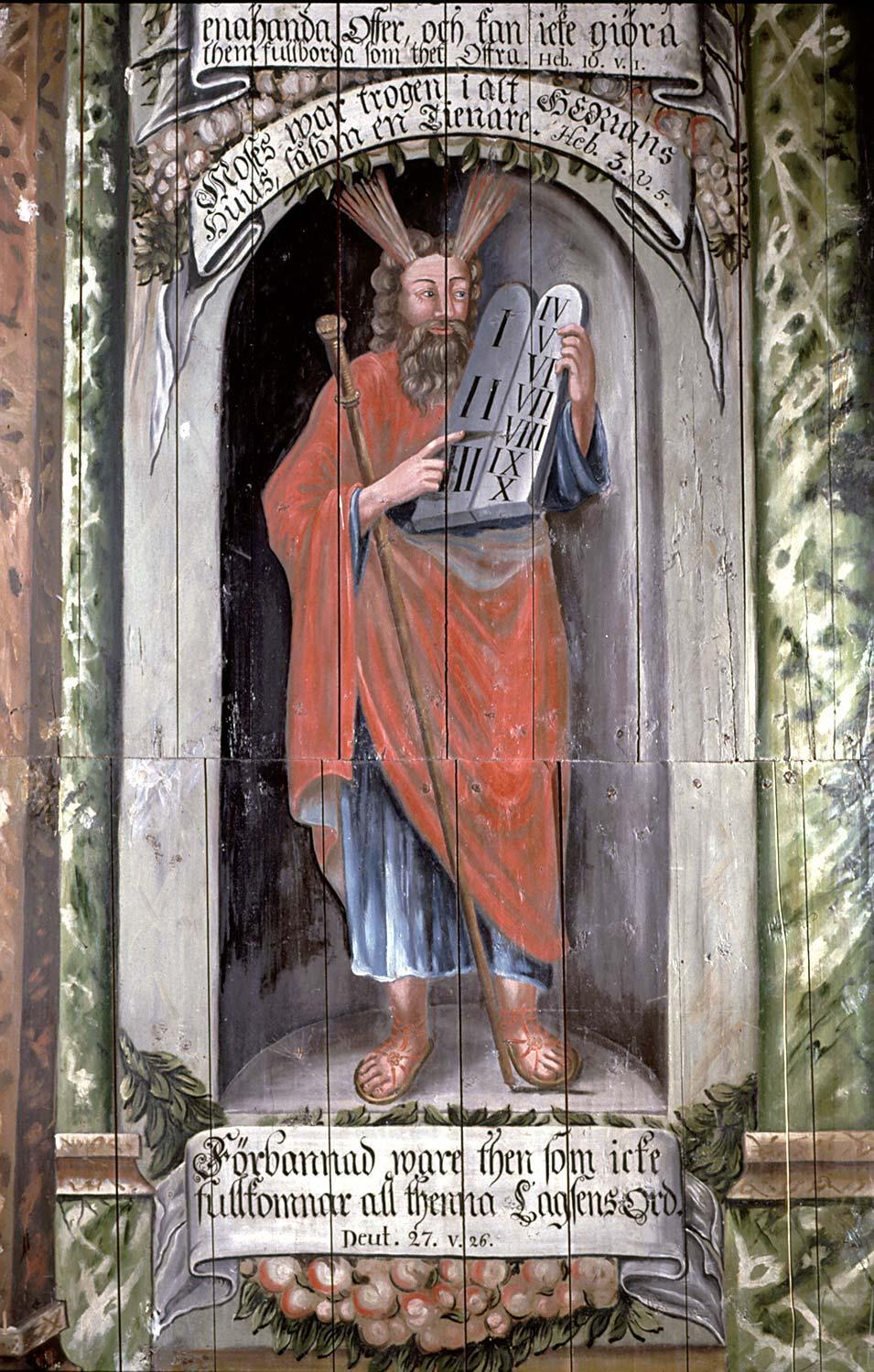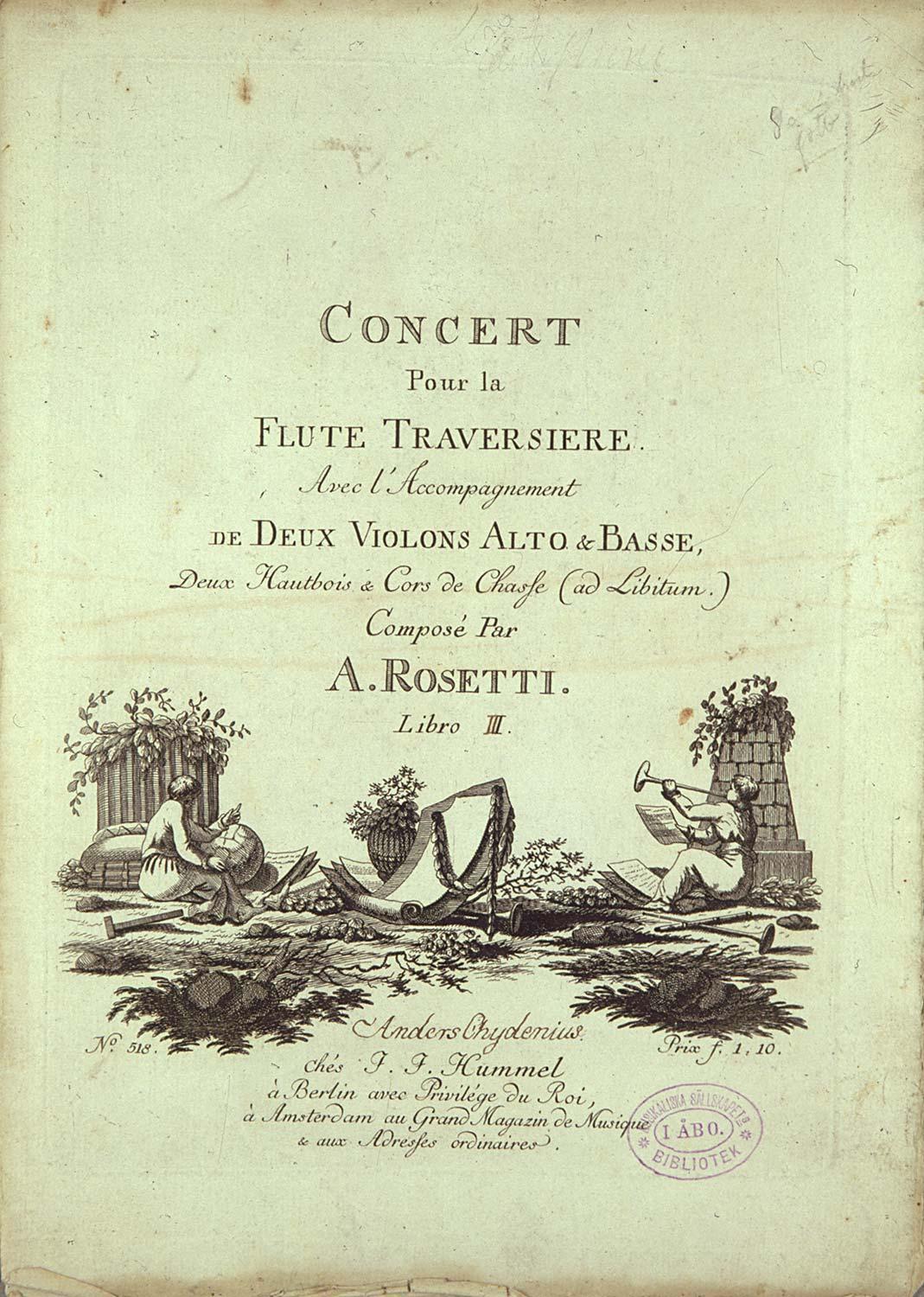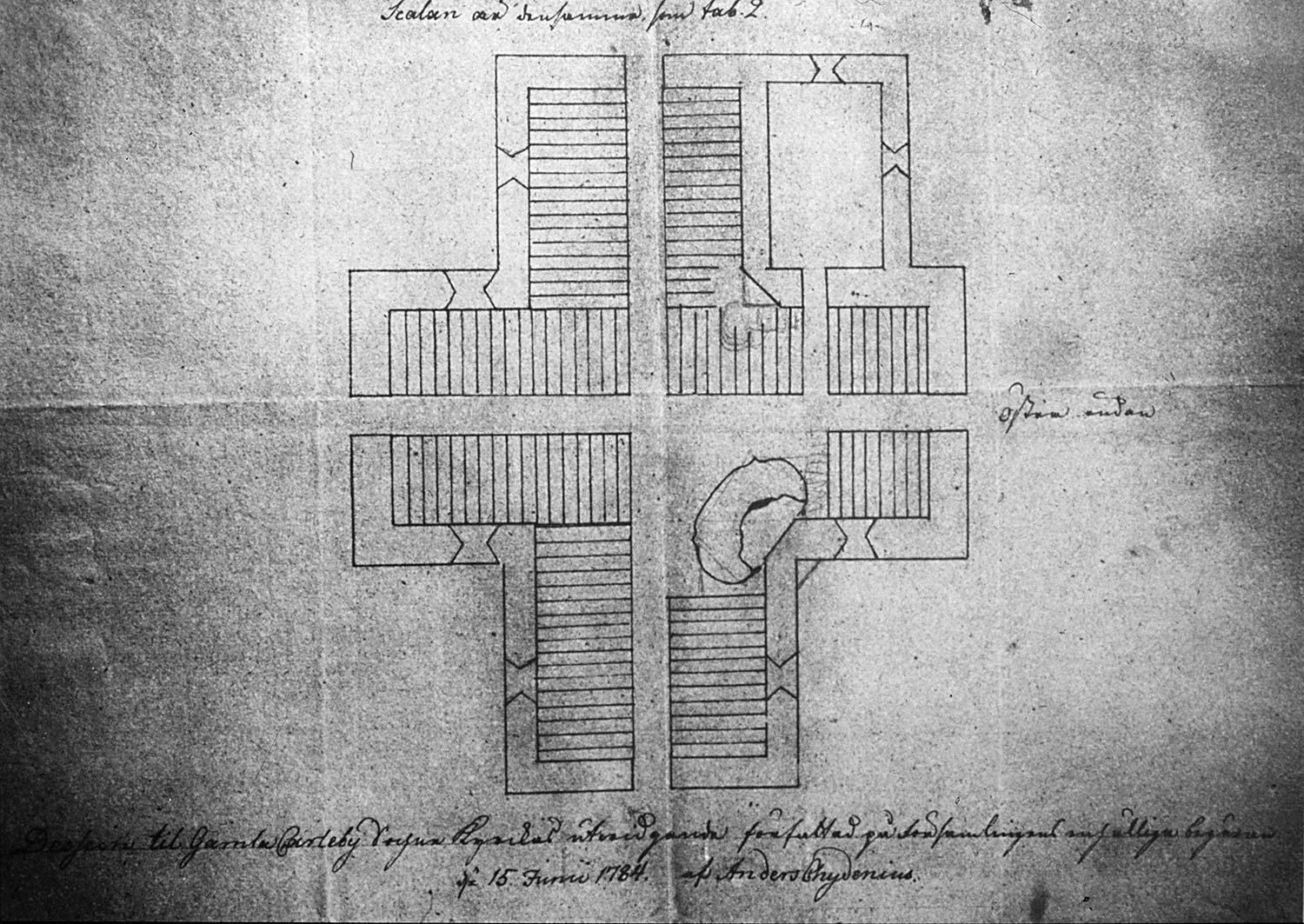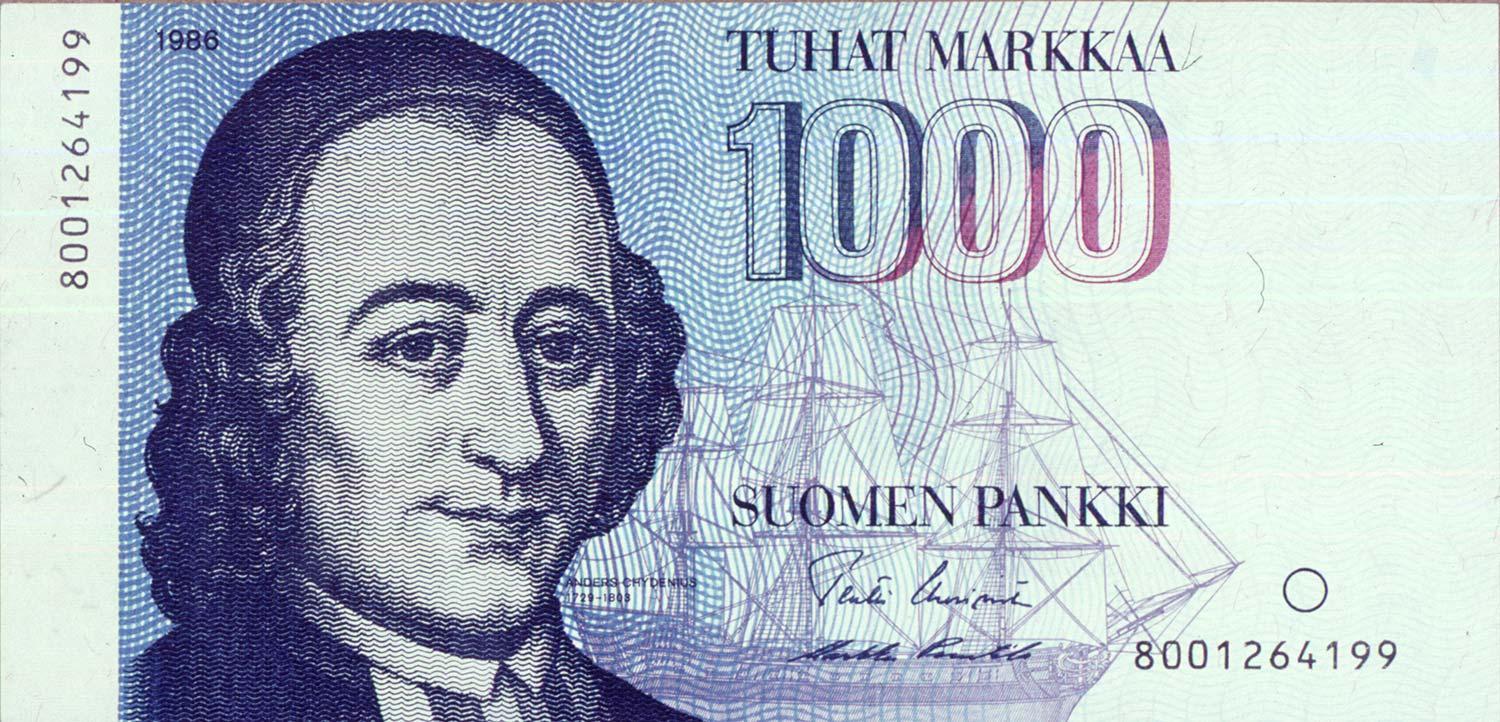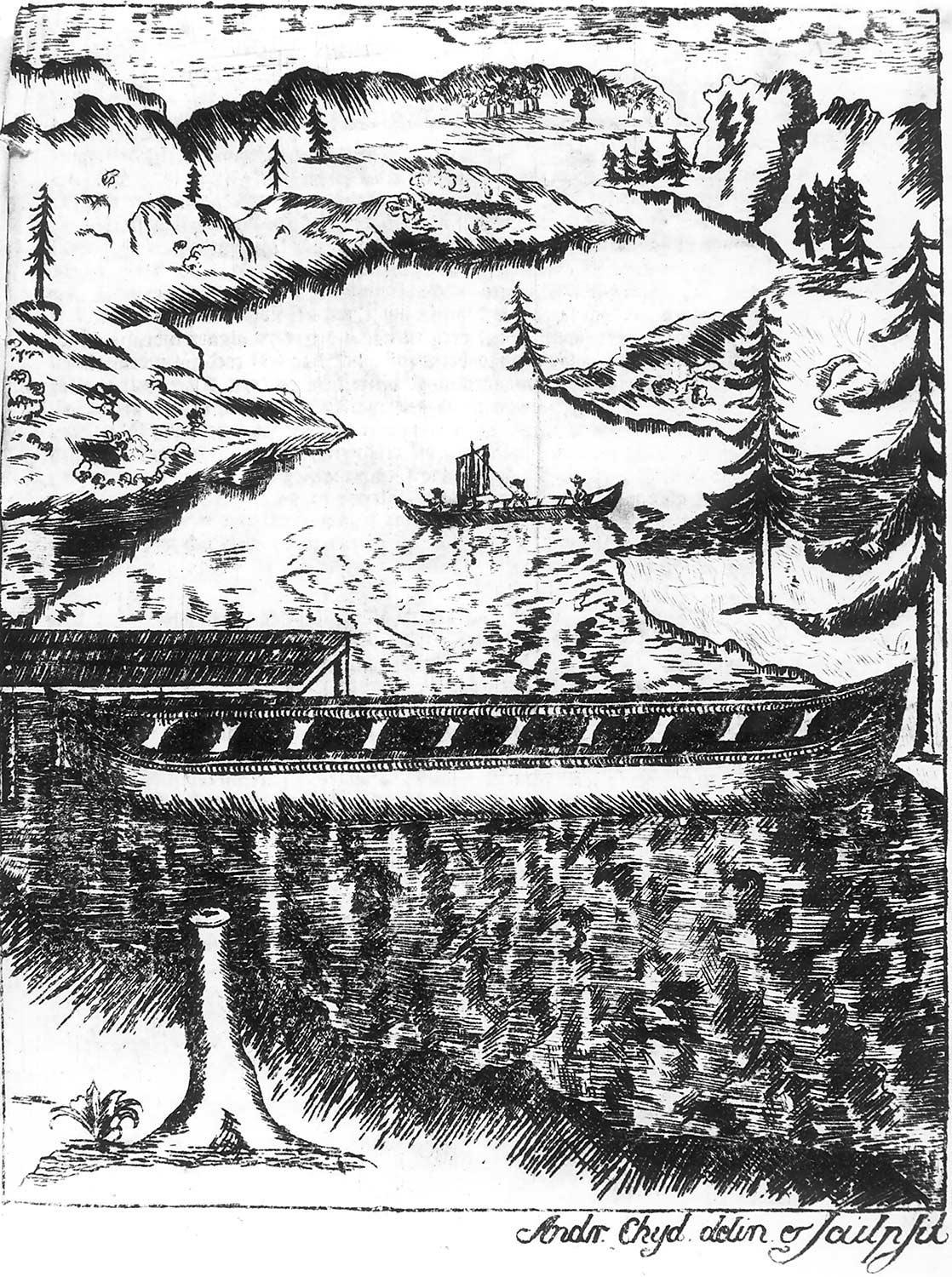“The Estates of the Realm”
The Diet
The Diet represented a larger proportion of the population in the Age of Freedom than in the nineteenth century, since non-landowning persons (and thus those without voting rights) were fewer in both Finland and Sweden in the eighteenth century. Best represented were the small group of nobles. Of them every family was represented.
Of the delegates of the clergy, bishops automatically gained a seat. Rectors usually selected their delegate by diocese. Curates also had the right to representation, and Anders Chydenius was selected to represent the curates of Ostrobothnia at the Diet of 1765–1766.
Constituencies of Burgher estates were towns, and those with the right to vote were those taxpayers who held Burgher’s rights. A small town such as Kokkola, had the right to one delegate at the Diet.
Constituencies of peasant estates were jurisdictional districts. Voting was through electors. From the beginning of the 1750’s the peasants share of the votes was dependent on their wealth.
The view of the Age of Freedom was that the estates of the realm gathered together at the Diet were not answerable, even to the electorate.
Types of Undertaking
At the Diet matters were taken up and decisions made for each estate of the realm separately. A final decision required the acceptance of at least three estates. In practice political decision making occurred in commissions or deputations, in which the nobility had twice the representation of the other classes.
The most important commission, and the heart of the Diet, was the Secret Commission, which took care of foreign policy and the economy. The peasantry had no representation whatever on the Secret Commission, because they were considered untrustworthy.
The Political Parties
One of the main phenomena in the politics of the Age of Freedom was the birth of political parties. The original background to this phenomena was the existence of different lines on foreign policy. The Party of the Hats had been formed at the end of the 1730’s in opposition to long-time Council President Arvid Horn’s cautious policy on Russia. The name “The Caps” (or “Nightcaps”) was given to those who were suspicious of dreams of great power for Sweden. The Hats received funding from France, whereas the Caps received funding from Russia and England.
By modern party standards the Hats and the Caps were poorly defined groupings. They had neither an official organisation nor a programme. In addition the interests of the estate of a delegate, or of his home area often came before those of his party, at the Diet.
The Hats Lead
The party of the Hats, whose core group consisted of the delegates of the richer Burghers and government officials, were able to secure their position of power for a long time, despite some setbacks. Although the policy of the Hats was in origin mercantilist, it was however sufficiently flexible.
The Pomeranian War (1757–1763) and problems in the national economy caused increasing criticism of the Hats. At the Diet in the years 1760–62 the Hats however still maintained their ascendancy by a narrow margin, due to the Caps’ current state of disarray.
The Change of Power in 1765
At the Diet of 1765–1766 the so-called Younger Caps came into power. They represented a line which had been influenced by European radicalism, which defended the rural areas and their occupations, and was directed against bureaucracy and partly against mercantilism too. The national economy was at the very brink of catastrophe, and the Caps obtained a majority in all the estates.








